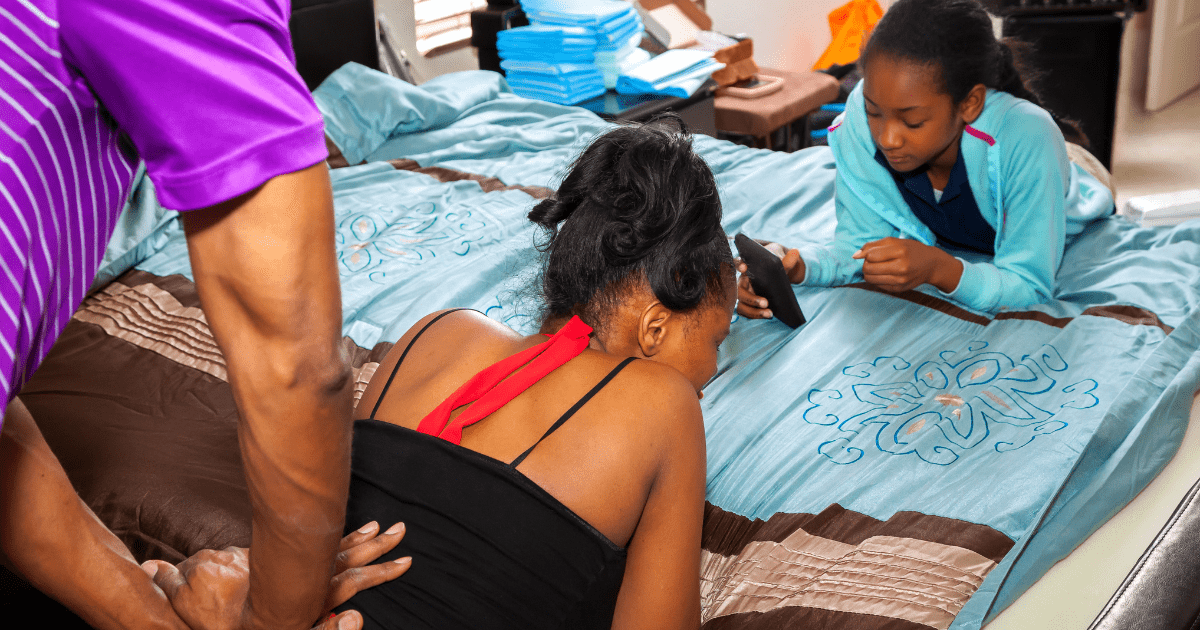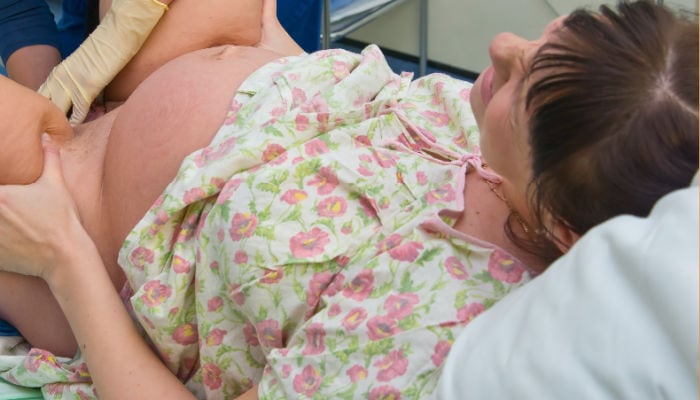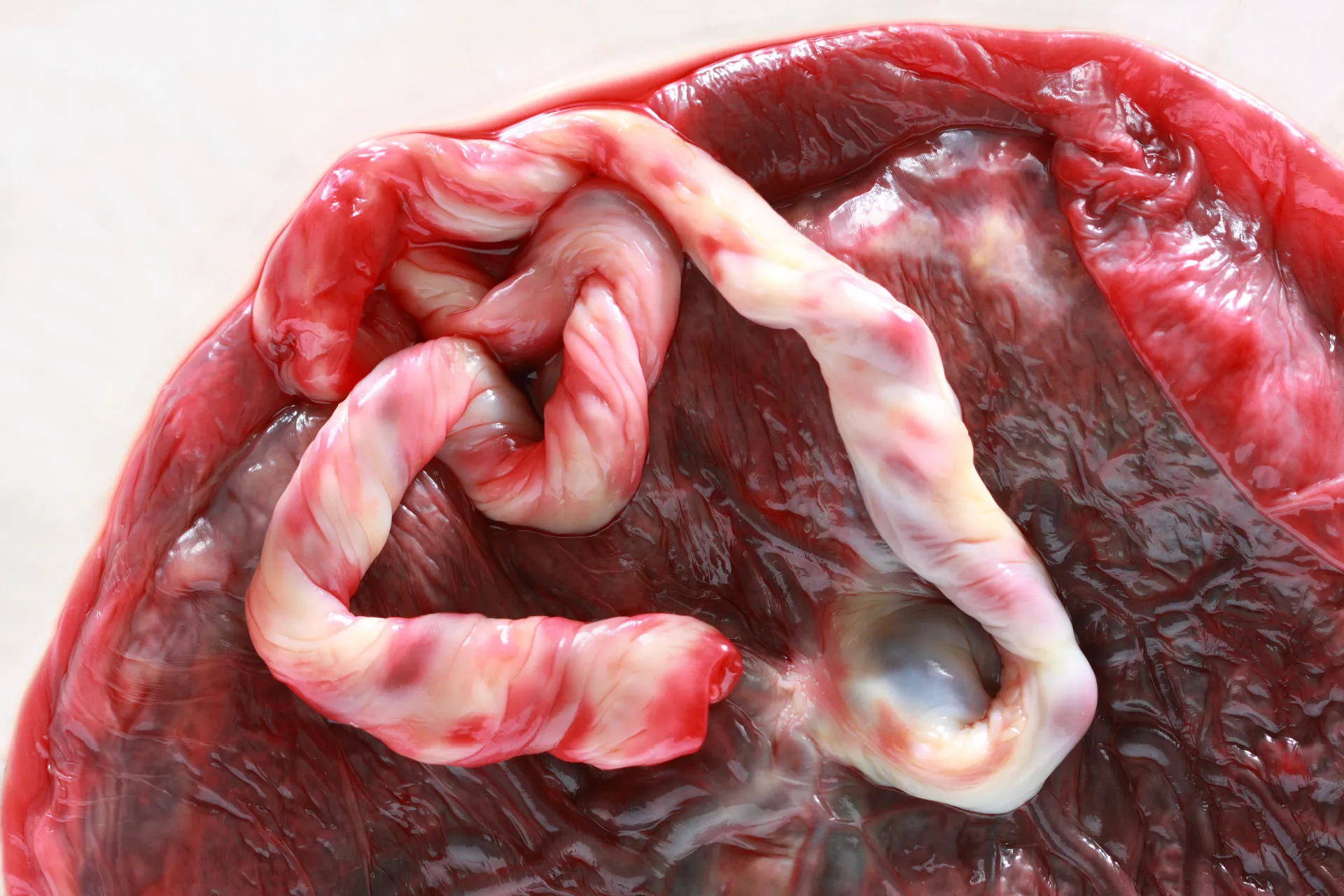Signs of Labor – Is It Baby Time?
Towards the end of pregnancy, women experience new symptoms that leave them wondering if these are signs of the first stage of labor or just more “end of pregnancy stuff”. …
The three stages of labor describe the full spectrum of labor process; from early contractions, to the moments of birth, through the delivery of the placenta.
Towards the end of pregnancy, it’s common for parents to begin experiencing signs of labor. One symptom by itself doesn’t really mean much, but two or three symptoms may mean labor is near! Signs in labor eventually morph into the stages of labor.
Check out the full list of signs of labor here!
The first stage of labor is the longest of the stages of labor. Because it’s so long, but also so varied, it’s broken into three separate parts.
Symptoms of early labor are similar to end of pregnancy symptoms, making it pretty common to be unsure if it’s real labor or not. Early labor contractions are shorter, and around 5-7 minutes apart. Women are usually able to walk and talk through their contractions, and can somewhat go about their normal lives. It’s important to prioritize rest, hydration, and nourishment in early labor. Parents typically DO NOT go to the hospital in early labor.
Prodromal labor, also called false labor or pre labor, is a frustrating and exhausting experience where very real early labor symptoms don’t quite reach the tipping point and turn into active labor. Prodromal labor can go on and on for hours, or even days. Again, prioritize rest, hydration, and nourishment in these difficult parts of labor, while trying to progress prodromal labor.
Active labor is the longest part of all the stages of labor. In active labor contractions get longer, stronger, and closer together. Contractions feel more powerful, requiring parents to start using the pain management tools learned during pregnancy.

Active labor is when parents start to wonder when they should go to the hospital. How far apart should contractions be before going to the hospital?Some parents use 411 to figure out when to go to the hospital, while some parents want to labor at home as long as possible. Use Mother Rising’s guide to get to the hospital without having a car baby. Nobody wants to have a car baby! LOL
For those planning on getting an epidural, it’s still important to know how to cope through labor before the anesthesiologist arrives! You never really know what the birth fairy will hand you. ;)
The last bit of stage one of labor, transition, is when labor starts to shift to the second stage of labor. Transition is the hardest part of the stages of labor. Contractions continue to get longer, stronger, and closer together. Contractions are 2-3 minutes apart and 90 seconds long. Women get less of a break between contractions at this point, taking away their ability to regroup and relax between contractions.
Some parents flipflop between feeling hot and cold, may feel shaky, throw up, cry, say they can’t do this anymore. Birth plans get thrown out the window, and parents look for a way out.
This is when their plan to get through transition without an epidural is put to the test. The good news is, it’s totally possible to birth without an epidural! So many women have gone before you and had an natural childbirth, and you can too. You’ve got this!
The second stage of labor is pushing and birth of the baby. (If it hasn’t already, this is where the water, or amniotic sac, breaks.) Many parents wonder how to push, or if their bodies will know what to do. They’re also wondering how to prevent tearing!
Most first time moms will push for around 90 minutes, and will actively push despite what the internet says about breathing their babies out.
Check out these pushing tips for first time moms to get you thinking about the second stage of labor.

The third stage of labor is the delivery of placenta – the unsung hero! Believe it or not, the placenta gets its own stage.
The placenta is around the size of a personal pan pizza, and is delivered around 10-15 minutes after the birth of the baby. Placenta delivery is typically straightforward, and much simpler than delivering a baby – it has no bones! Once the placenta is delivered, the woman is no longer pregnant. Hooray! You did it! You’ve completed all the stages of labor!
Most women throw their placentas out, but practices like placenta encapsulation or planting it with a tree are becoming more and more common.

The latest resources, articles, and inspiration for the stages of labor. Enjoy! :)
Towards the end of pregnancy, women experience new symptoms that leave them wondering if these are signs of the first stage of labor or just more “end of pregnancy stuff”. …
Many women in my childbirth classes and those that hire me for doula support often ask for tips on how to labor at home as long as possible. In fact, one …
Parents usually have six questions about how to push during labor and delivery. In this article we will answer these questions, but also talk about the ins and outs (pun …
Dilation in pregnancy (or lack there of) can be confusing to new parents. Cervical dilation happens when the cervix, which is the opening of the uterus, slowly opens. It can …
A mucus plug is very thick, snot-like mucus lodged in the cervix that acts as a physical and antibacterial barrier between baby and the outside world. In this post we …
One of the best tips for early labor is to prioritize rest in order to avoid exhaustion in the later stages of labor. Why is prioritizing rest important? First time …
The 411 contractions rule is an easy way to know when to go to the hospital. – when each contraction is 4 minutes apart, 1 minute long, and has been …
I’ve seen a handful of articles floating around on the interwebs saying that during delivery, women don’t have to push. This is not helpful information! Based on my experience in …
The following are helpful tips and tricks on how to progress prodromal labor, a frustrating and exhausting end of pregnancy phenomenon, as soon as possible. Of course, if you’re experiencing …
The first stage of labor is the longest stage and everything that happens before pushing, birth, and the placenta. Because it’s so long and varied, the first stage of labor …
Early labor is the beginning of the first stage of labor, the longest part of the birthing process. Early labor is a combination of end of pregnancy symptoms mixed with …
The third stage of labor is everything that happens after the baby is born, the part of childbirth that doesn’t make it to the movies. The delivery of the placenta, …